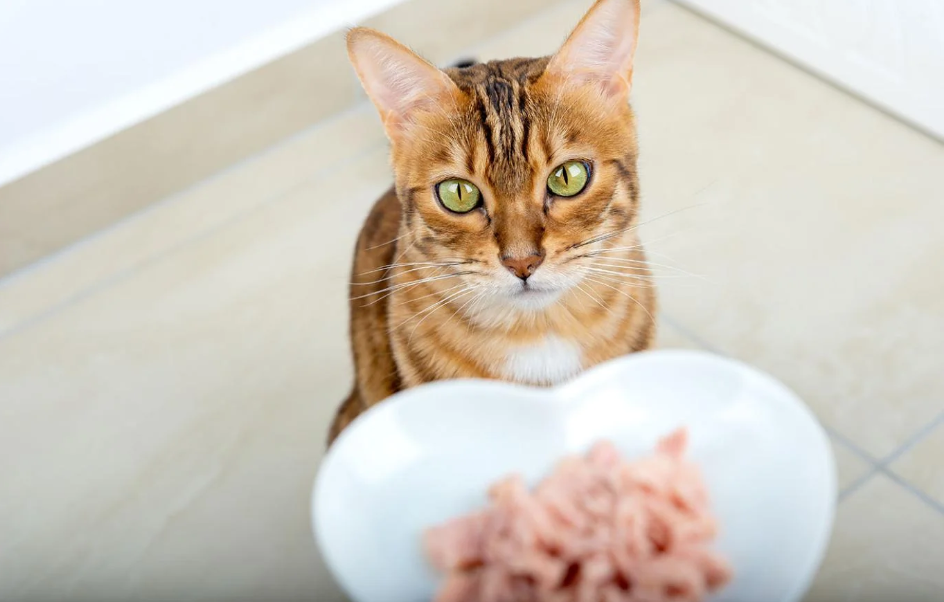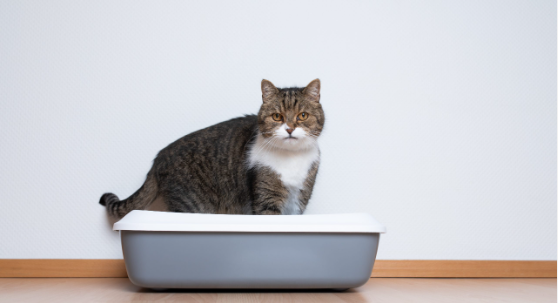Is canned tuna OK for cats?
Why You Should Think Twice About Feeding Your Cat Canned Tuna
Canned tuna has long been a popular choice for pet owners looking to supplement their cats’ diets with a protein-rich fish. However, recent studies have shown that feeding your cat too much-canned tuna can be harmful to their health. It’s crucial for cat owners to understand the potential risks associated with feeding canned tuna to their feline friends and to make informed decisions about their pets’ nutrition. Is canned tuna ok for cats? Read on and find out!
Brief History of Canned Tuna for Cats
The use of canned tuna as a dietary supplement for cats dates back several decades. In the mid-1900s, cat food manufacturers began incorporating small amounts of canned tuna into their products as a way to add flavor and increase protein content. Today, many pet owners feed their cat’s canned tuna as a treat or meal supplement.
However, in recent years concerns have been raised about the safety and nutritional value of canned tuna for cats. While it may seem like an easy and affordable way to provide your feline friend with additional protein, there are some potential risks associated with feeding them too much-canned tuna.
The Importance of Understanding Safety and Nutritional Value
As responsible pet owners, it’s our duty to ensure that our pets are getting all the nutrients they need while also protecting them from harm. Understanding the safety and nutritional value of foods we give our furry companions is critical in achieving this goal.
When it comes to feeding your cat canned tuna, it’s essential to understand not only its nutritional value but also the potential risks it poses if consumed in excess or over a prolonged period. Providing your cat with a balanced diet containing all necessary nutrients while limiting potentially harmful ingredients like mercury and thiamine-deficient fish types can help ensure that they live long healthy lives filled with vitality and energy.
The Pros and Cons of Feeding Canned Tuna to Cats
The benefits of feeding canned tuna to cats
As a cat owner, you may wonder if canned tuna is good for your feline friend. The truth is, canned tuna can indeed have some benefits for cats!
For one thing, it’s an excellent source of protein, which is essential for building and maintaining muscle mass. Additionally, it contains omega-3 fatty acids that help promote healthy skin and a shiny coat.
Another great thing about canned tuna is that it’s readily available and affordable. You don’t need a lot of money or time to provide your cat with this delicious treat.
Canned tuna can be found at almost any grocery store and is often on sale. Plus, since it’s already cooked and packaged in convenient portions, you don’t have to worry about preparing it yourself.
The potential risks associated with feeding canned tuna to cats
While there are some benefits to feeding your cat canned tuna, there are also some potential risks that you need to be aware of. One major concern is mercury poisoning.
Tuna can contain high levels of mercury, which can build up in your cat’s system over time and lead to serious health problems. Another risk associated with canned tuna feeding is thiamine deficiency.
Thiamine (a.k.a vitamin B1) is an essential nutrient that helps regulate the nervous system and aids in digestion. However, consuming too much raw fish (including certain types of canned tuna) can lead to a thiamine deficiency in cats.
Feeding your cat too much-canned tuna can cause digestive issues such as diarrhea or vomiting due to the high amounts of salt present in this food item. Therefore moderation should be observed while treating them with this delicacy!
Overall, while there are several benefits associated with feeding your cat canned tuna (high protein, omega-3 fatty acids, affordability), there are also potential risks (mercury poisoning, thiamine deficiency, and digestive issues) that you must consider before introducing it to your cat’s diet. It’s essential to ensure that your cat receives a balanced and nutritious diet tailored specifically to their needs to keep them healthy and happy.
How Much Canned Tuna Can Cats Eat?
Cats love tuna, and it’s understandable. The smell, taste, and texture of tuna make it one of the most popular seafood options for felines. However, like all things in life, moderation is key.
But how much-canned tuna should cats eat? The recommended serving size for cats is a maximum of one tablespoon of canned tuna per day.
This amount is more than enough to satisfy your cat’s cravings for tuna without risking any potential health hazards that come with overfeeding them this type of fish. It’s also important to keep in mind that this serving size applies only to canned tuna and not other types of seafood.
Factors That Can Affect How Much Canned Tuna a Cat Can Eat Safely
Several factors can affect how much-canned tuna a cat can eat safely. For example, their age, weight, and overall health condition can play a significant role in determining the appropriate portion size. A growing kitten might need more protein than an adult cat or an elderly one with reduced kidney function might need less sodium in their diet.
It’s always best to consult with your veterinarian before introducing any new food into your cat’s diet or making changes to their current one. Another factor to consider when feeding your cat canned tuna is the frequency at which you offer it as a treat or meal option.
Feeding them too much tuna frequently can lead to potential health issues such as mercury poisoning or thiamine deficiency over time. Therefore, providing variety in their diets by rotating different protein sources will ensure their nutritional needs are met without sacrificing taste or enjoyment factor!
Choosing the Right Type of Canned Tuna for Your Cat
One of the most important things to consider when choosing canned tuna for your cat is the type of tuna. There are several different types available in the market, including skipjack, yellowfin, and albacore tuna. Skipjack tuna is typically the most affordable but has a lower fat content and may not be as nutritionally dense as other types.
Yellowfin and albacore tuna are both higher in fat and protein, making them a good choice for cats who need more calories or have certain dietary requirements. When selecting canned tuna for your cat, it’s also important to look at the ingredients listed on the label.
Avoid brands that contain added salt or preservatives, which can be harmful to your cat’s health. Look for brands that use only natural ingredients and list the type of fish used as well as any added vitamins or minerals.
Alternatives to Canned Tuna for Cats
While canned tuna can be a great occasional treat or source of protein for your cat, there are many other fish options that are safe and healthy for cats. Some good choices include salmon, sardines, and mackerel.
These fish are all high in protein and omega-3 fatty acids but may have lower levels of mercury than some types of canned tuna. If you’re looking for non-fish sources of protein for your cat, there are several options available as well.
Cooked chicken or turkey can be a great source of lean protein, while eggs provide both protein and healthy fats. You can also consider adding small amounts of cottage cheese or plain yogurt to your cat’s diet as an additional source of calcium.
Conclusion
While canned tuna can be a tasty treat or occasional addition to your cat’s diet, it should not be their main source of nutrition. When choosing canned tuna for your cat, opt for natural brands that are free from added salt and preservatives, and choose a type of tuna that is appropriate for your cat’s nutritional needs. However, keep in mind that there are many other safe and healthy options available to provide your cat with the protein and nutrients they need to thrive.




